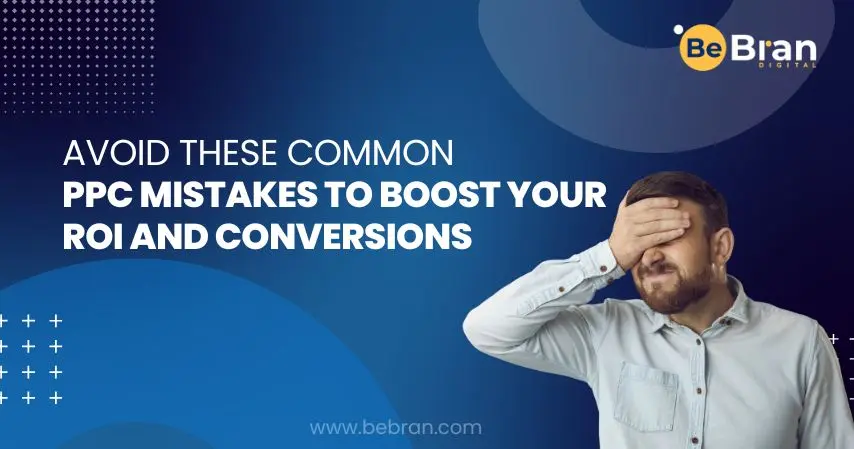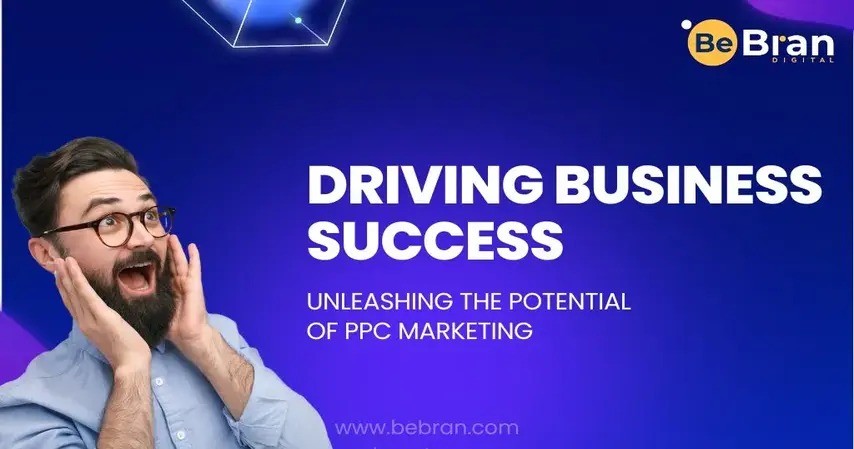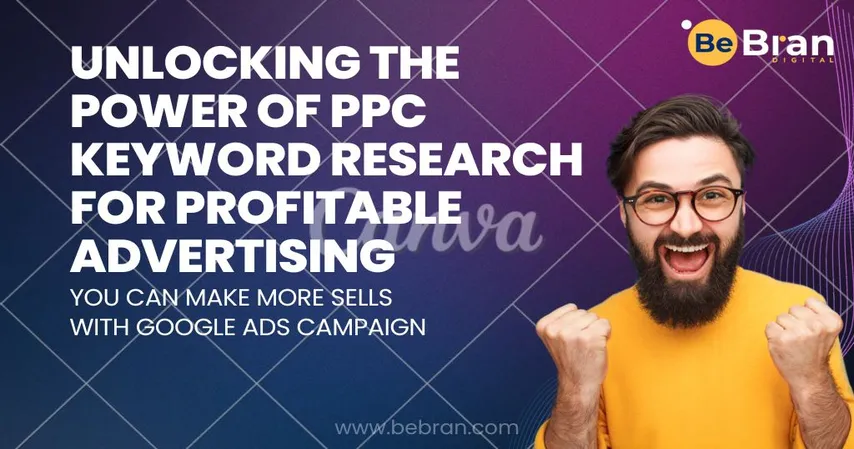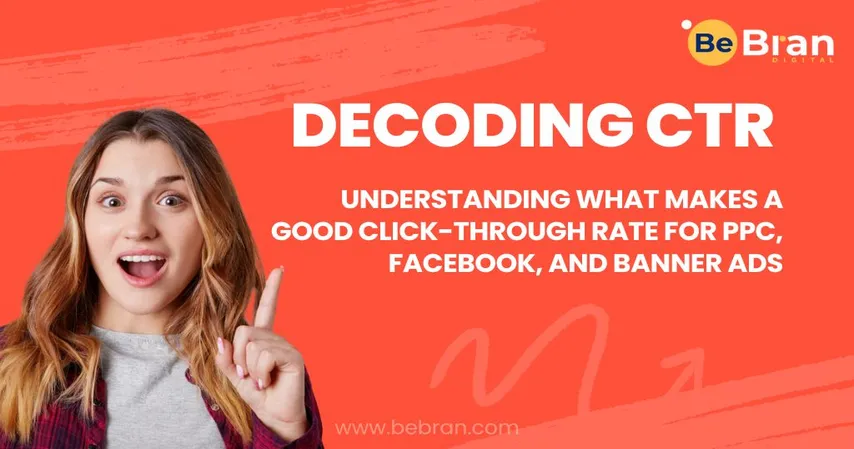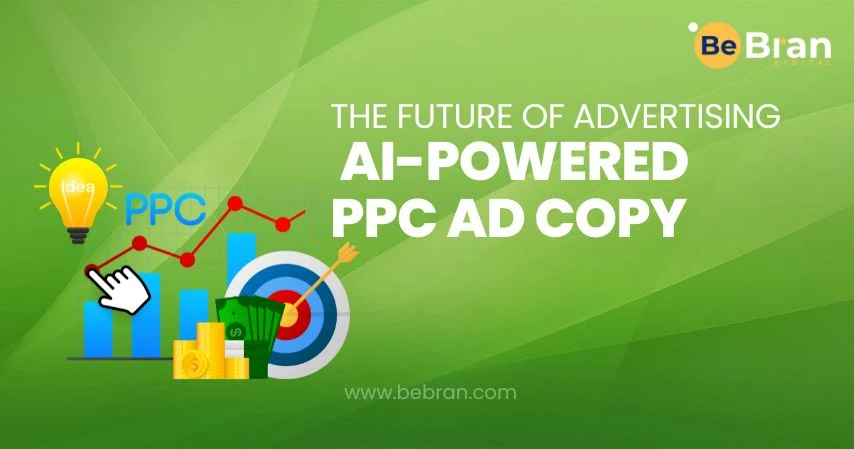Selecting the appropriate ad format is crucial since different formats resonate differently with various audiences and content. Facebook frequently alters its ad types, so staying current is essential to employ the most suitable format for your objectives. Don't overlook the potential of videos, as they have become a valuable tool for brand storytelling and are growing in popularity among marketers. Incorporating a combination of video and static ads has demonstrated an enhanced campaign effectiveness.
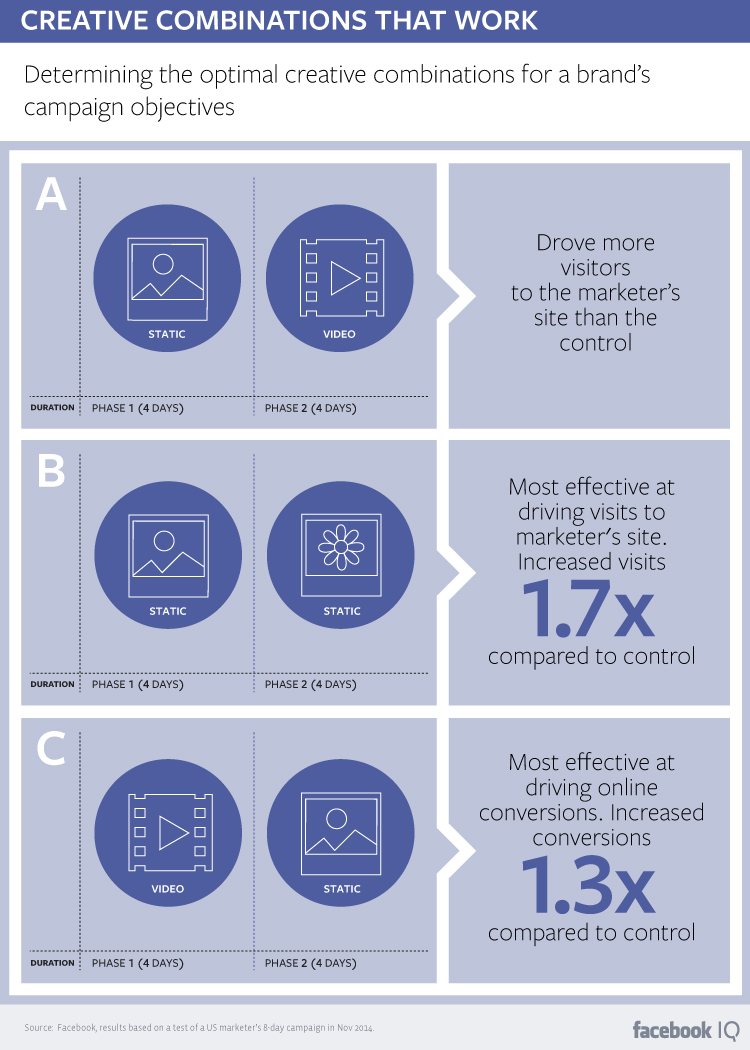
Utilize a captivating thumbnail image to pique interest. Ensure that the video grabs attention within the initial few seconds, even if the audio is muted.
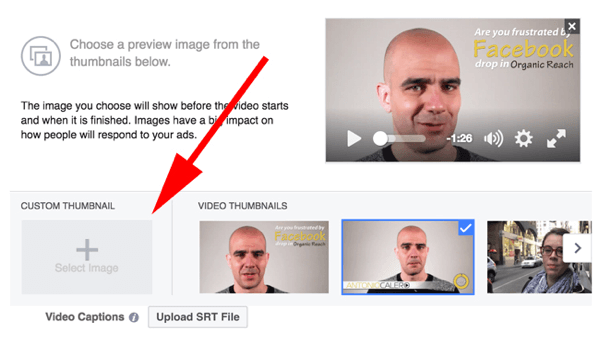
Incorporate videos into your linked or streaming ads to leverage the header, call-to-action button, and description link for providing additional information and maximizing available space.
Avoid excessive text in your image, as Facebook's algorithm still prefers minimal text in ad images despite the rule change allowing more than 20%. Consider that users scroll rapidly through their feed in search of engaging and valuable content. If you decide to use text in your image, ensure it's compelling enough to halt users and capture their attention, employing a concise and impactful value proposition.
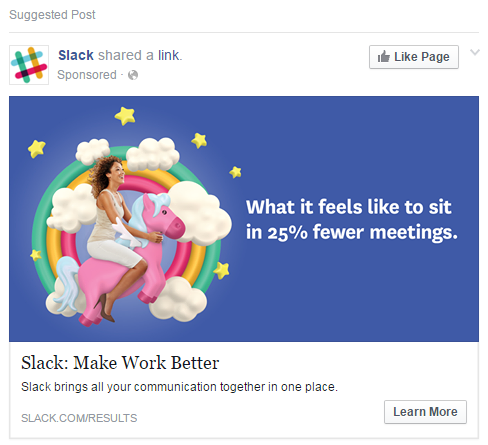
Neglecting to adjust your image size according to Facebook's suggested dimensions for your specific campaign objective could result in your ad not being displayed correctly across various formats.
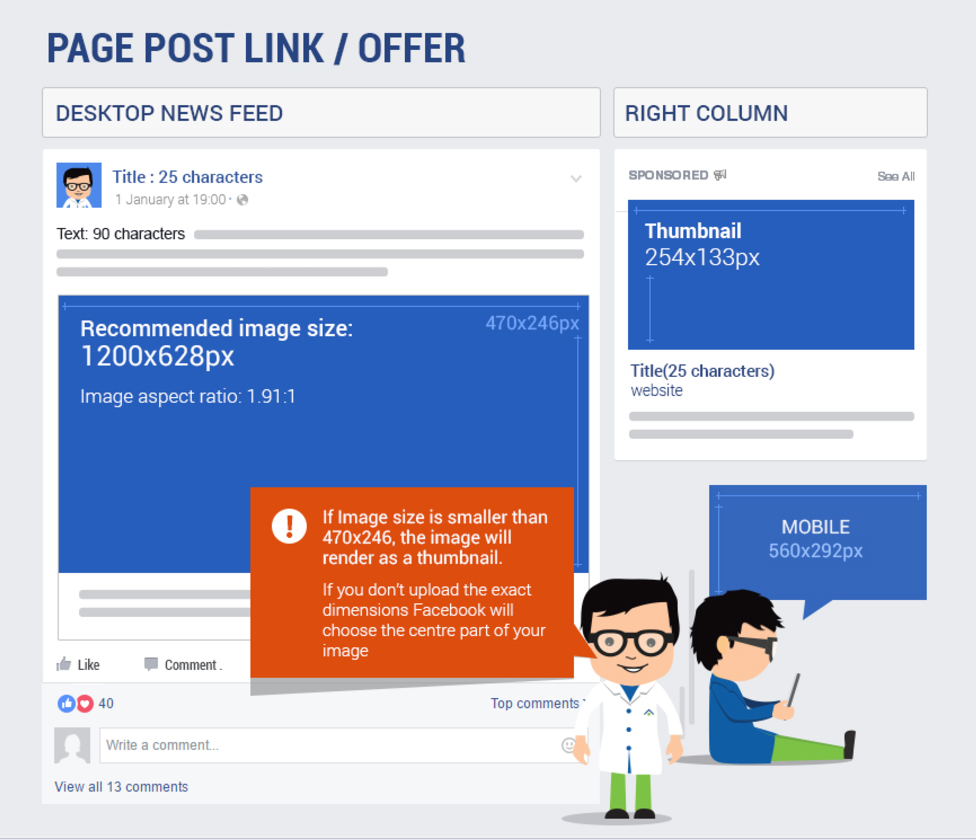
Failure to make use of these new display features can cause your ad to not appear as anticipated, potentially leading to reduced engagement rates. It's important to stay current and consult the Facebook Ads Guide for guidance on creating images for your ads.
Additionally, Facebook has been introducing innovative features like Canvas ads and Facebook 360 to enhance the overall user experience.
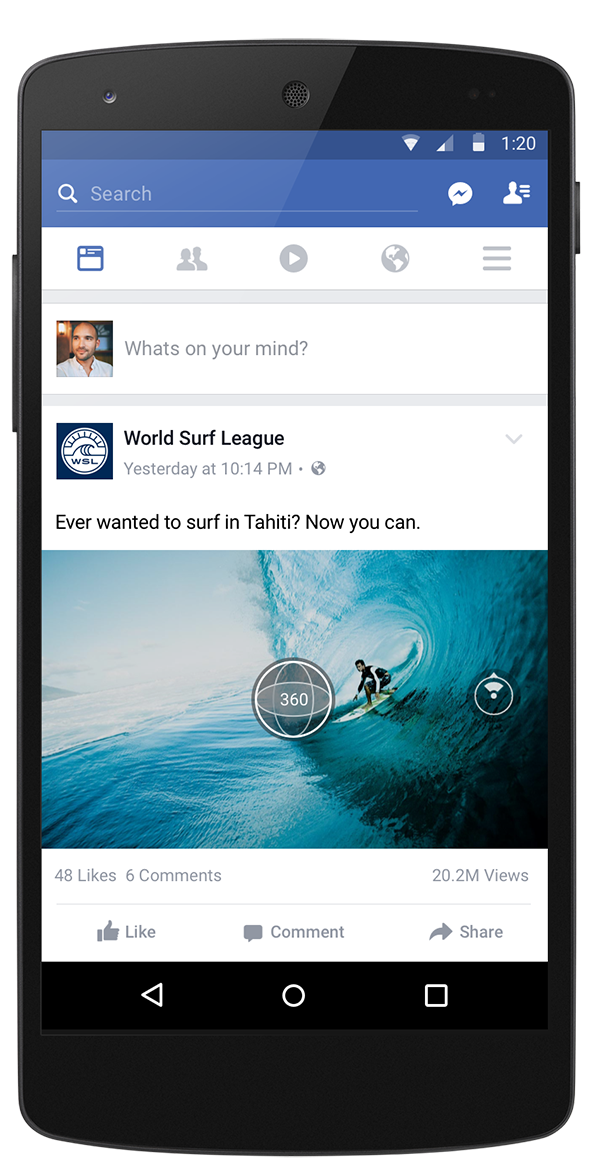
Utilize these new features to enhance your storytelling capabilities and create captivating, immersive brand experiences.
Avoid overwhelming your audience with excessive information in your ad copy. Keep it concise and straightforward, with a primary focus on driving clicks.
Remember that Facebook users don't visit the platform to view ads. Overexposing them to your messages can lead to decreased engagement. If you notice declining engagement, consider pausing your campaign, even if you've streamlined your audience.







